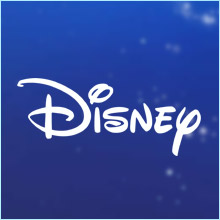
Armes is a great example of an entrepreneur who started his venture right here in Vancouver. The entrepreneur saw an opportunity in the entertainment sector that aligns with his expertise. Shooting of a 3-D film was previously thought to be too difficult, complex, expensive and labour-intensive. Now, Armes’s business, Gener8 makes production of 3-D films easier, cheaper and practical: it provides a new method called G83D to convert films into 3-D format and add visual effects after the production of the films.
Armes depicts another feature of entrepreneurship, which is risk-taking. The visual-effect industry is expensive and demands rapid innovation. Hence, Gener8 invests more than $5-miliion in R&D and business development to keep up with the market.
G83D’s emergence has been successful accepted in Hollywood. Gener8’ current portfolio includes major movies such as Harry Potter, The Amazing Spider-Man and Ghost Rider: Spirit of Vengeance.
The quality of a true entrepreneur is found within Armes; he sees new opportunities in market needs, produces new and innovative product, risk-taking and creates wealth through innovation. He is also keen to expand his business with more innovation. In fact, Gener8 will be launching a new service called Cumul8 which services data-tracking to film producers.
Source cited:
Lederman, Marsha. Vancouver Company Turns 2-D Harry Potter into 3-D Movie Magic. 2012. The Globe and Mail Inc., Toronto. Web. 27 Oct. 2012. <http://www.theglobeandmail.com/report-on-business/rob-magazine/vancouver-company-turns-2-d-harry-potter-into-3-d-movie-magic/article4652034/#>.


